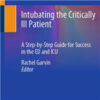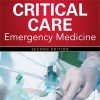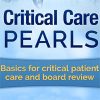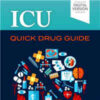External Corroboration That Corticosteroids May Be Harmful to Septic Shock Endotype A Patients
journals.lww.comThis exploratory analysis provides further evidence that corticosteroid exposure may be associated with increased mortality among septic shock endotype A patients.
We previously reported gene expression-based endotypes of pediatric septic shock, endotypes A and B, and that corticosteroid exposure was independently associated with increased mortality among pediatric endotype A patients.
The Vasopressin vs Norepinephrine as Initial Therapy in Septic Shock trial tested the efficacy of vasopressin as initial vasopressor therapy for septic shock among adult patients, when compared with norepinephrine.
Patients who reached a prespecified dose of either vasopressor were further randomized to receive hydrocortisone or placebo. A proportion of patients in the Vasopressin vs Norepinephrine as Initial Therapy in Septic Shock trial had transcriptomic data generated at baseline using whole blood-derived messenger RNA.
We used the publicly available transcriptomic data from the Vasopressin vs Norepinephrine as Initial Therapy in Septic Shock trial to assign the study subjects to pediatric septic shock endotype A or B, and tested the hypothesis that hydrocortisone treatment is associated with increased mortality among patients in endotype A.
Endotype A patients receiving hydrocortisone had a mortality rate of 46%, whereas endotype A patients receiving placebo had a mortality rate of 22% (p = 0.105). In contrast, the mortality rates for endotype B patients receiving hydrocortisone or placebo were 19% and 22%, respectively.
The odds of death were more than three times greater in endotype A patients receiving hydrocortisone than endotype A patients receiving placebo (p = 0.05).

















